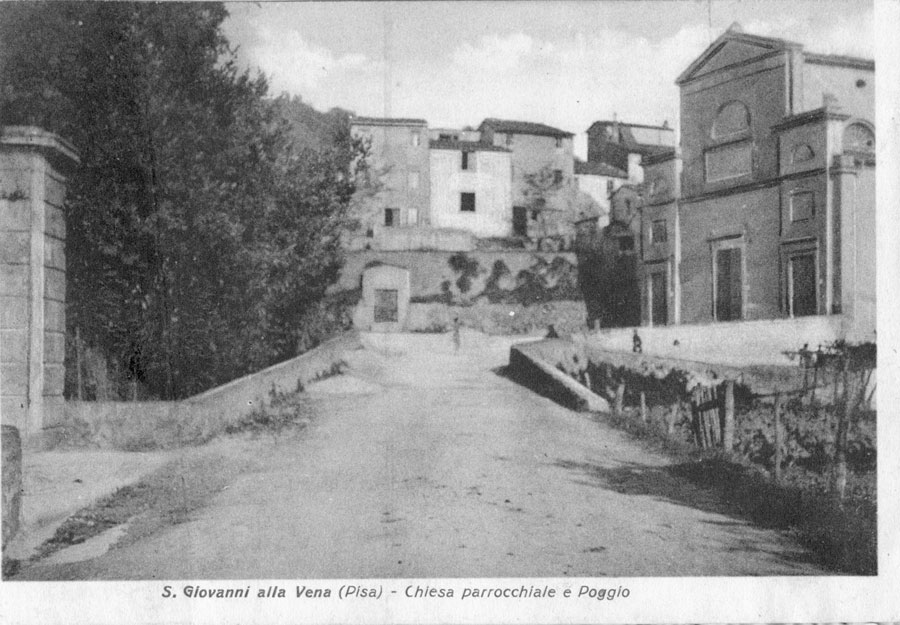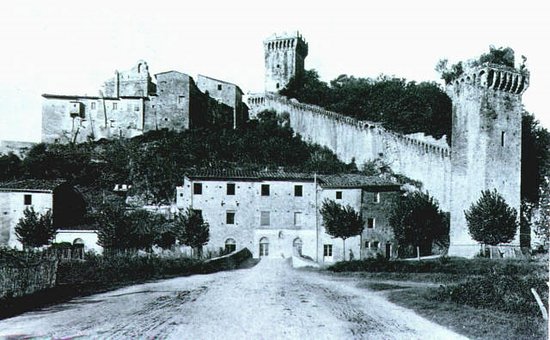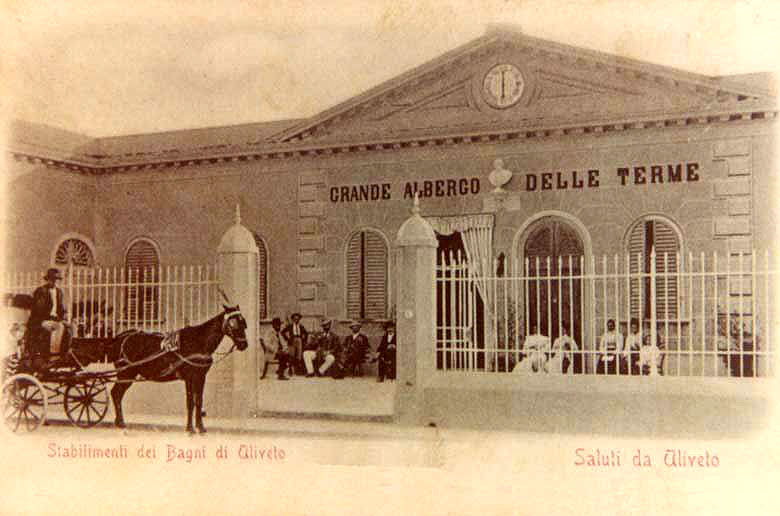Vicopisano and its history
Changes in Vicopisano in contemporary age
After the end of the brief Napoleonic period (1799-1815) the Grand Dukes of Lorraine returned to the Tuscan throne and, even though in a redeced form, continued the season of reforms begun by their ancestor Pietro Leopoldo. The substantian difference with respect to the late 18th century reforms was that the first half of the .800 (19th century), it was the rapidity changing society that urgently requested them, and no longer the action of a ruling class well ahead of its time that proposed them, so the Grand Dukes often found it difficult to satisfy the populations increasingly aware of the need for change. It should not be frgotten that the actions of the Tuscan government were opposed by the growning idea of a united Italy, which took shape with the uprising of 18481848 that even led to the removal of Grand Duke Leopold II from Florence.
However, it was during this period that the Tuscan administrative system underwent a complete change, with the definitive disappearence of the Vicariate of Vicopisano (1848) , replaced by the Pretura Circondariale (which remained active until 1923), which was responsible for minor offences compared to those of the Vicarial Court. Signs of change were also seen in the Society, denoted by a greater diversification of activities, so that alongside the traditional agricolture, which remained the driving sector, some activities linked to specialised manufacturing began to make their frist timid appearence, such as ceramics in the centres of San Giovanni and Lugnano, while in Uliveto and Caprona the mining activity linked to the presence of limestone was the main source of income for the inhabitants.
The Second World War
Vicopisano, on the other hand, showed no signs of change, remaining tied to traditional agricultural activities. More generally, the frist half of the century witnessed the decline of river transport, which was threatened by the better road network created in those years and, above all, by the Leopolda Railway, which crossed our territory from 1847.
It was precisely in this period that he land reclamation work finally came to and end, with the draining of the Bientina swamp through the construction of the Botte (designed by Alessandro Manetti and completed in 1859), that is the subway through a tunnel between the Emissario Canal and the Arno.
As already mentioned in 1923, with the definitive abolition of the Pretura Circondariale, the last important role played by the town of Vicopisano came to an end. The Second World War fortunately spared the historical centre of Vicopisano, whose towers, unlike others in the area (e.g. the medieval bell tower of the Church of S. Jacopo in Lupeta, tho floors of which were destroyed by mines), were not touched by the retreating Germans. Even the bomings in the summer of 44 fortunately didn't hit any historical buildings, while in the locality of Riparotti American bombs killed several people. Unfortunately, there were also some reprisal killings of civilians in the area, which took place in the last agitated phases of the war.










